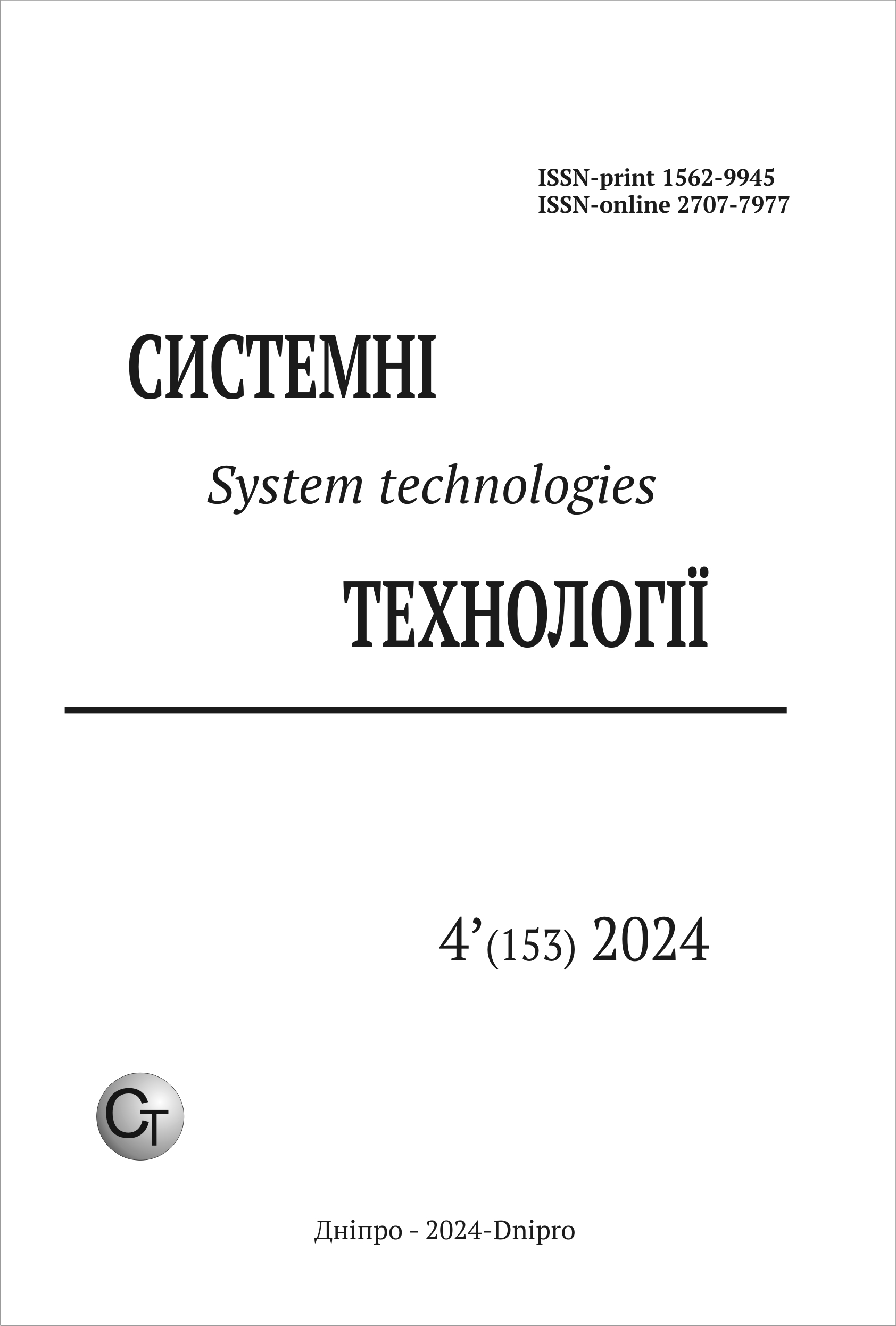АНАЛІЗ РОЗВИТКУ РЕАКЦІЇ ОКИСЛЕННЯ ВУГЛЕЦЮ НИЗЬКОВУГЛЕЦЕВОЇ СТАЛІ В КОВШІ ПІД ВАКУУМОМ
DOI:
https://doi.org/10.34185/1562-9945-4-153-2024-02Ключові слова:
дегазація, вакуумування, ківш, водень, азот, кисень, нерівноважність реакцій.Анотація
Обєкт дослідження - процес вакуумування сталі в ковші. Мета дослідження – визначити степінь наближення реакцій дегазації до рівноваги та показники видалення за статтями. Методи дослідження - теоретичні дослідження базуються на основних положеннях фізичної хімії і теорії металургійних процесів, термодинамічні розрахунки нерівноваги реакцій дегазації. Наукова новизна - при вакуумних процесах дегазації істотну роль грає наближення відповідних реакцій до рівноваги, в промислових вакуум-них установках рівновага між вуглецем і киснем, розчиненими в сталі, не досягається із-за виключно малих концентраціях взаємодіючих речовин швидкість хімічної реакції зменшується настільки, що не дозволяє за час обробки навіть наблизитися до стану термодинамічної рівноваги. Практична значимість - для забезпечення високого ступе-ня реалізації розкислювальної здатності вуглецю в умовах вакууму необхідно: застосо-вувати основну футеровку сталерозливних ковшів; підтримувати високу основність шлаку і мінімальний вміст оксидів заліза в ньому; перемішувати розплав в ковші інерт-ним газом для полегшення умов зародження продуктів реакції окислення вуглецю.
Посилання
Modeling of the Vacuum Oxygen Decarburization Refining Process. 2000. Metallurgical and Materials Transactions B 31(1):197-206. DOI:10.1007/s11663-000-0145-5.
R. Ding, Bart Blanpain, Peter Tom Jones, Patrick Wollants. Bubble behavior and evolution characteristics in the RH riser tube-vacuum chamber. Yihong Li, Hongwei Zhu , Rui Wang , Zhifeng Ren, Yibo He. International Journal of Chemical Reactor Engineering. https://doi.org/10.1515/ijcre-2022-0033.
Mathematical model for decarburization of ultra-low carbon steel during RH treatment. Yu Huang, Guo-guang Cheng, Qiming Wang, Shi-jian Li, Wei-xing Dai. Ironmaking & Steelmaking. Volume 47, Issue 6, July 2020, Pages 655-664.
https://doi.org/10.1080/03019233.2019.1567999
Jean-Pierre Birat. Steel cleanliness and environmental metallurgy. Metall. Res. Technol. Volume 113, Number 2, 2016. https://doi.org/10.1051/metal/2015050
Bubble behavior and evolution characteristics in the RH riser tube-vacuum chamber. Yihong Li, Hongwei Zhu , Rui Wang , Zhifeng Ren, Yibo He. International Journal of Chemical Reactor Engineering. https://doi.org/10.1515/ijcre-2022-0033.
Cho, S. M., B. G. Thomas, and S. H. Kim. 2018. “Bubble Behavior and Size Distributions in Stopper-Rod Nozzle and Mold during Continuous Casting of Steel Slabs.” ISIJ International 58 (08): 1443–52.
https://doi.org/10.2355/isijinternational.isijint-2018-096
Yakovlev Yu.N., Velychko A. H., Kamkyna L.V. Matematycheskaia model okyslenyia uhleroda pry vakuumnoi obrabotke staly v kovshakh. // Vestnyk pryazovskoho hosudarstvennoho tekhnycheskoho unyversyteta. - Vыp. № 10 - 2000. Maryupol. - PHTU, 2000. - S. 45 - 52.
Medzhybozhskyi M.Ia. Osnovy termodynamyky y kynetyky staleplavylnk protsessov.—Kyev-Donetsk: Vyshcha shkola, 1979.—280s.
Kniuppel H. Raskyslenye y vakuumnaia obrabotka staly, M.:Metallurhyia, 1973, 312 s.
Завантаження
Опубліковано
Номер
Розділ
Ліцензія
Авторське право (c) 2024 Системні технології

Ця робота ліцензується відповідно до ліцензії Creative Commons Attribution 4.0 International License.















